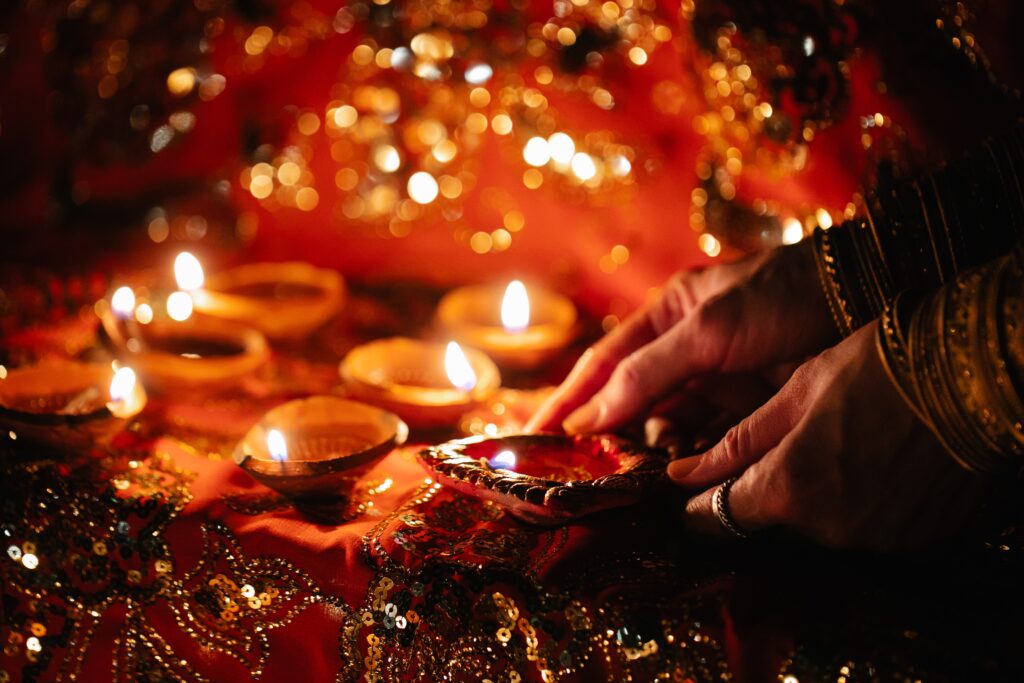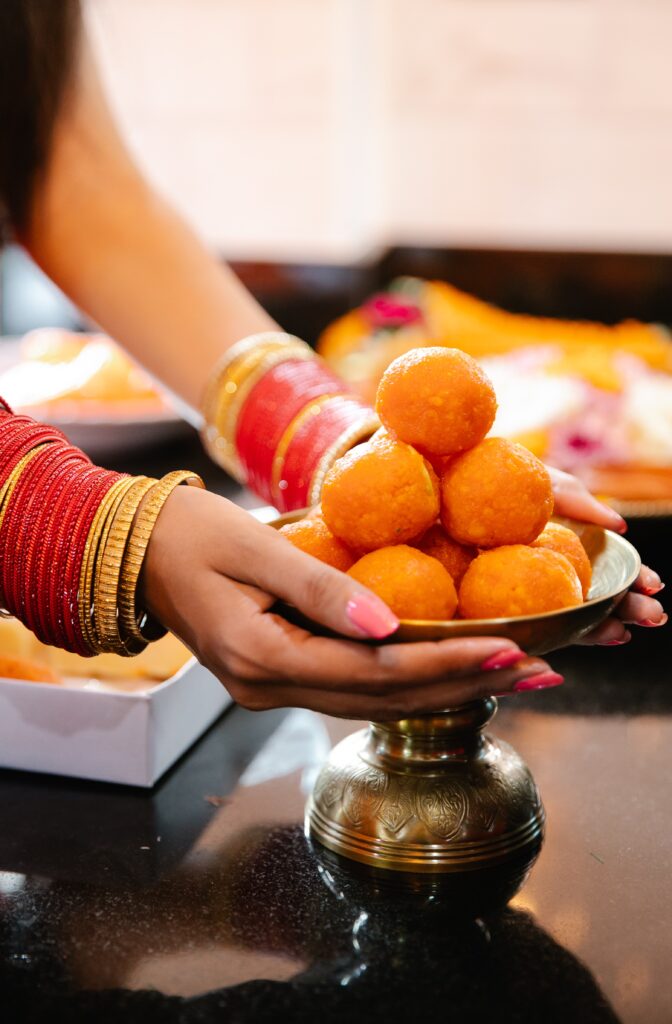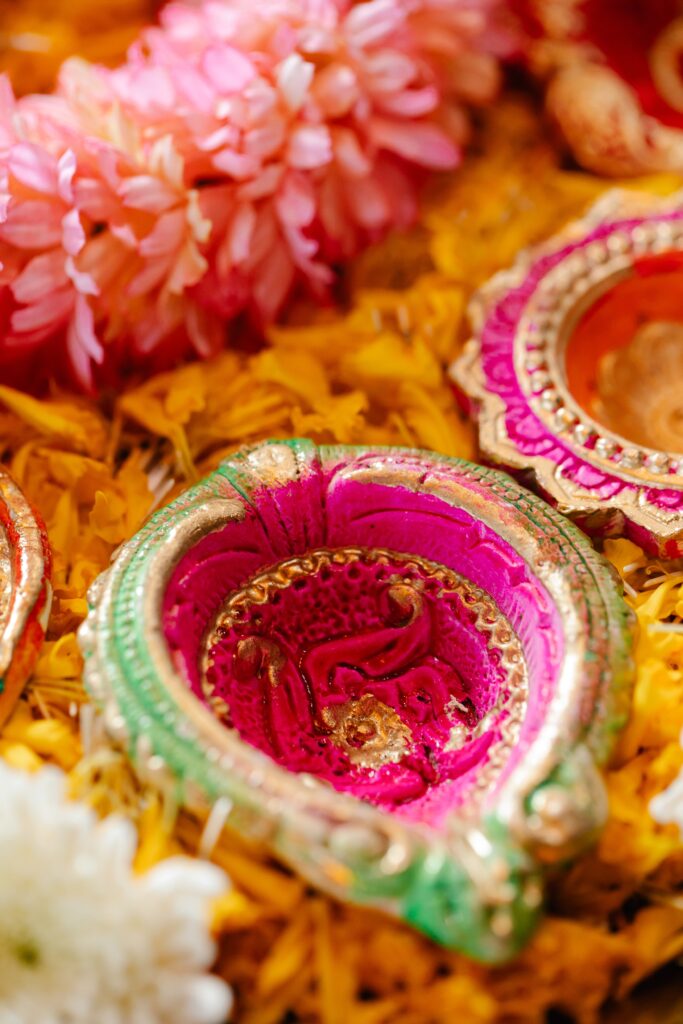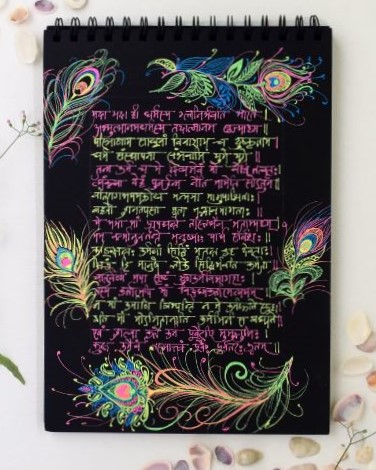In today’s fast-paced and increasingly interconnected world, the preservation and transmission of cultural heritage to the next generation have assumed unprecedented significance. For Indian families dispersed across the globe, nurturing a profound connection to their Indian roots and timeless traditions becomes an essential means of safeguarding their distinctive cultural identity and cherished values.
More than just engaging in festive celebrations and learning a handful of traditional recipes, introducing children to the vast tapestry of Indian heritage is a journey of instilling in them a profound sense of pride and genuine appreciation for the depth and richness of their cultural legacy.
As the world becomes more interconnected through technological advancements and global migration, the risk of cultural erosion looms ever larger. In such a landscape, it becomes even more vital for families to be intentional in preserving and passing on their cultural heritage to future generations. For Indian families living in diverse corners of the world, this means weaving the threads of their vibrant traditions into the fabric of daily life and imparting the essence of their roots to their children.
At its core, nurturing a connection to Indian heritage is not just a matter of preserving customs, rituals, and history; it is about providing a strong foundation for a child’s sense of identity and belonging. By delving into the richness of Indian cultural heritage, parents can empower their children with a profound understanding of their ancestry, their place in the world, and the values that have been treasured by their forebearers for generations.
Embracing the Vibrant Indian Festivals
Indian festivals are a dazzling kaleidoscope of colors, traditions, and jubilant celebrations that encapsulate the essence of India’s rich cultural heritage. Each festival holds a unique story and significance, woven into the fabric of history and mythological tales. From Diwali’s resplendent display of glittering lights and Holi’s exuberant explosion of vibrant hues to Navratri’s spirited dance festivities, these festivities offer a vibrant panorama of cultural diversity.

Involving children in these festive celebrations becomes a gateway to immerse them in the tapestry of Indian culture and its diverse customs. The experiences of participating in these festivals hold profound meaning beyond their visual appeal. They allow children to grasp the cultural and spiritual significance of each celebration, fostering a deep appreciation for the traditions that have been passed down through generations.
Engaging children in making traditional decorations for these festivals kindles their creativity and introduces them to the beauty of Indian art and craftsmanship. Creating vibrant rangolis at the threshold of their homes or adorning walls with vibrant torans can be a joyous and artistic endeavor. Through these hands-on activities, children develop a connection to their heritage, as they become active contributors to the festive ambiance.
Moreover, festivals are a time when the community comes together to celebrate and rejoice. Engaging children in cultural activities like traditional dance, music, singing, or storytelling fosters a sense of belonging and connection to their Indian heritage. Through dance forms like Garba during Navratri or Bhangra during Baisakhi, children are immersed in the rhythmic beats and energetic movements that have been part of Indian celebrations for centuries.
A Journey through Indian Cuisine
Indian cuisine stands as a celebrated culinary treasure, renowned globally for its captivating array of flavors and aromatic spices. Infusing an interest in Indian cooking in your children can be a delightful and immersive way to introduce them to their Indian roots and heritage. By encouraging them to actively participate in the kitchen while preparing classic Indian dishes, a world of flavors and cultural connections awaits.

Inviting your kids to join you in the kitchen as you embark on the journey of creating traditional Indian delicacies opens a world of discovery and learning. From the delectable dosas with their crisp edges and soft centers, and from the aromatic curries with layers of spices and fragrant rice to the mouth-watering desserts like the syrupy gulab jamun and the spiraled jalebis, each dish tells its own unique story of culinary excellence and cultural heritage.
Beyond the culinary skills and cultural knowledge, cooking together fosters cherished family bonding moments. As you laugh, experiment, and savor the fruits of your labor together, the kitchen becomes a place of shared memories and experiences. These moments go beyond mere cooking lessons; they become a part of the shared legacy, creating a profound connection between your children and their Indian roots.
As they grow older, these cooking experiences and the cultural awareness they bring will stay with your children, offering them a sense of pride and appreciation for the richness of Indian cuisine and traditions. The culinary journey through Indian dishes becomes a lifelong treasure, igniting the love for cooking, cultural heritage, and family connections.
The Magical World of Vedas and Upanishads
Teaching Vedas and Upanishads to children goes beyond imparting knowledge about ancient texts; it offers a transformative experience that helps them gain profound moral values and ethical principles. The Vedas, regarded as the oldest scriptures of Hinduism, and the Upanishads, which are philosophical treatises expounding the essence of the Vedas, provide invaluable insights into the fundamental aspects of life and spirituality.
The Vedas and Upanishads advocate the importance of self-discipline and self-control. Through stories and teachings, children learn about the significance of restraint and moderation in their actions, thoughts, and speech. These principles foster a sense of responsibility and accountability, empowering children to make conscious and ethical choices in their lives.
The pursuit of knowledge and self-awareness is another essential aspect of the teachings in these ancient texts. Children are encouraged to be curious and seek understanding, inspiring a lifelong quest for learning and personal growth. By exploring their inner selves and developing a deeper understanding of their own thoughts and emotions, children cultivate self-awareness and emotional intelligence, which are vital for making sound moral decisions and maintaining mental well-being.
By imparting the knowledge and wisdom contained in the Vedas and Upanishads, parents and educators provide children with a spiritual and philosophical foundation that transcends the boundaries of time and culture. As children grow with these teachings, they not only gain moral values but also cultivate a deeper sense of purpose and spiritual connection.
Discovering Indian Arts and Crafts
The artistic heritage of India is a treasure trove of diverse and captivating art forms, each with its unique charm and cultural significance. From the vibrant Madhubani paintings of Bihar and the enchanting Warli art of Maharashtra to the opulent Tanjore paintings of Tamil Nadu, Indian art is a celebration of creativity and tradition. In addition to paintings, Indian craftsmanship boasts intricate crafts like pottery, embroidery, and woodworking, each showcasing the ingenuity and artistic brilliance of Indian artisans.
Engaging children in arts and crafts activities inspired by these Indian traditions can be an enriching and enjoyable experience. Encouraging them to explore the mesmerizing world of Indian art opens up a gateway to creativity and learning. By introducing them to the various art forms and their stories, children not only develop their artistic skills but also gain an appreciation for the rich artistic heritage of India.

Creating rangoli patterns is a delightful activity that allows children to experiment with colors, shapes, and symmetry. Drawing inspiration from the vibrant and intricate rangoli designs seen during festivals and celebrations, children can unleash their imagination and create mesmerizing patterns using colorful chalks or flower petals. This activity not only fosters their creativity but also introduces them to the cultural significance of rangoli in Indian traditions.
Designing colorful kolams, the geometric patterns made with rice flour or colored powder, is another captivating craft that children can explore. Kolams hold deep cultural roots and are an integral part of daily life in many parts of India. Engaging in this art form connects children to the rich cultural practices and traditions associated with it.
Trying their hand at making traditional crafts like diyas or puppets is an opportunity for children to learn about the craftsmanship and artistry involved in these age-old art forms. Making clay diyas and decorating them with intricate patterns introduces children to the significance of these oil lamps in Indian festivals, symbolizing the triumph of light over darkness. Similarly, creating vibrant puppets and exploring the art of puppetry connects children to the rich storytelling traditions of India.
As children immerse themselves in these art and craft activities, they not only gain practical skills but also develop an understanding and appreciation for the artistic expression and heritage of India. By connecting with Indian art forms, they learn about the diverse cultures and traditions that make up the country’s cultural mosaic.
Embracing Languages and Cultural Traditions
Language is a fundamental aspect of any culture, serving as a bridge that connects people to their heritage, values, and identity. Introducing children to Indian languages can be an enriching and immersive experience that not only fosters linguistic skills but also deepens their cultural understanding and appreciation.
Encouraging children to learn basic words and phrases in Indian languages like Sanskrit, Hindi, Gujarati, Tamil, or any regional language that holds significance in your family can be an excellent starting point. Learning greetings, common expressions, and everyday vocabulary empowers children to communicate with family members and elders in their native language, creating a sense of belonging and cultural connection.

Moreover, learning Indian languages opens the door to exploring rich literature, poetry, and folktales in their original form. Immersing children in the beauty of Indian languages allows them to appreciate the nuances and artistry of the written and spoken word, connecting them to the cultural heritage that has been passed down through generations.
Visiting local places of worship, such as a Hindu temple offers children insights into the religious practices and rituals that are often conducted in Indian languages. Understanding the importance of language in religious contexts helps children appreciate the spiritual significance of these languages in Indian culture.
Furthermore, learning Indian languages fosters a sense of respect and inclusivity towards the cultural heritage of others. As children become familiar with different languages and their speakers, they develop a broader perspective on the rich tapestry of India’s linguistic diversity.
Final Thoughts
Nurturing cultural heritage and connecting your kids to Indian roots is not just about imparting information; it is about creating memories, fostering a sense of belonging, and instilling values that will shape their worldview. Embrace every opportunity to celebrate Indian festivals, explore the rich tapestry of Indian art, music, and literature, and share stories of bravery, compassion, and wisdom from Indian mythology.
By doing so, you will empower your kids to appreciate their Indian identity, be proud of their heritage, and carry the torch of cultural legacy into the future. Embrace this journey of cultural discovery together, and watch your children blossom into individuals who respect diversity and carry the essence of their Indian roots with them, wherever they go.







